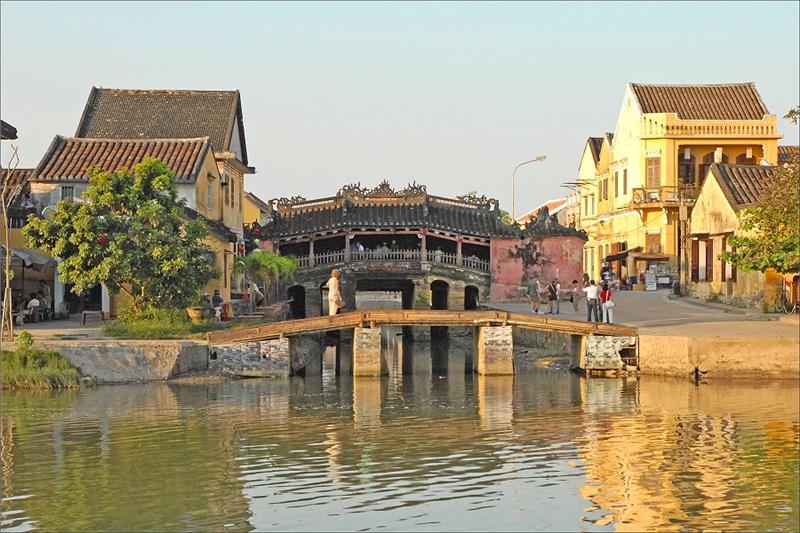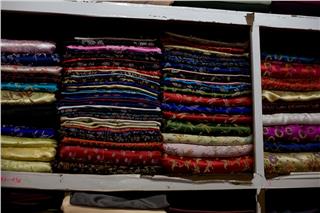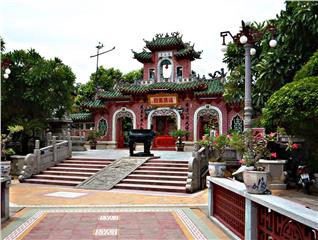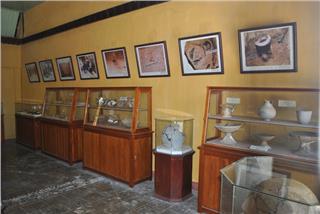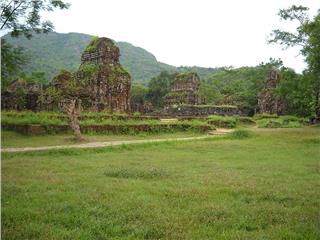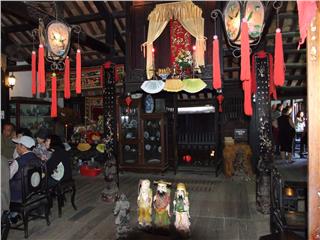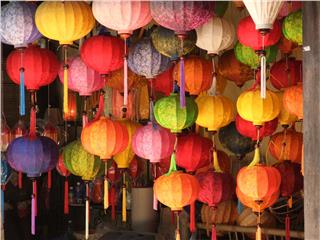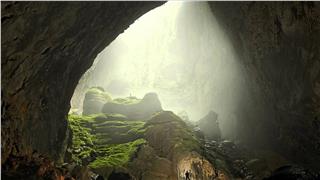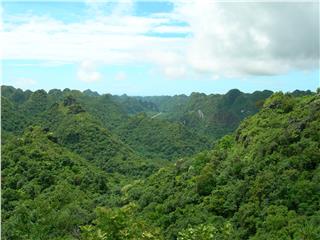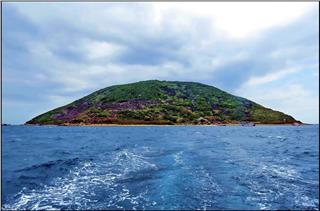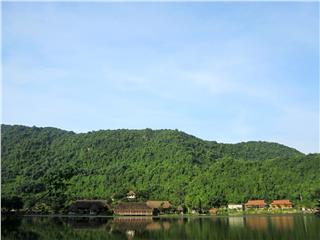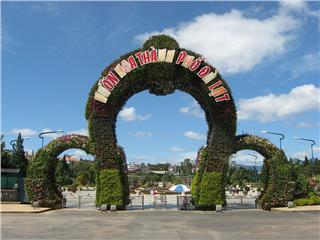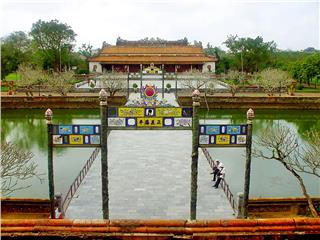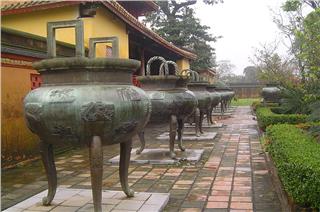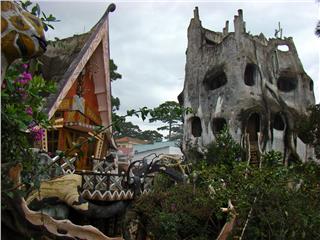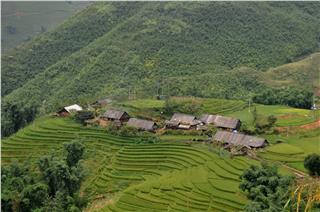Hoi An possesses numerous cultural historical relics and beautiful landscapes captivating both domestic and foreign tourists. Among them, Japanese Covered Bridge is considered as the soul and symbol of Hoi An existing more than four centuries.
Japanese Covered Bridge is also known as Cau Pagoda - the common name for the architectural complex consisting of a small temple mounting in the northern slopes of the ancient bridge in the urban area of Hoi An Ancient Town, Quang Nam Province. Along with Phat Diem Tile covered Bridge (Ninh Binh), Thanh Toan Tile covered Bridge (Thua Thien-Hue), Cau Pagoda is one of three tile covered bridges in Vietnam, which are more popular with tourists. It is the only ancient bridge in Hoi An Ancient Town. Japanese Covered Bridge is located on a bridge crossing a small creek in the old town.
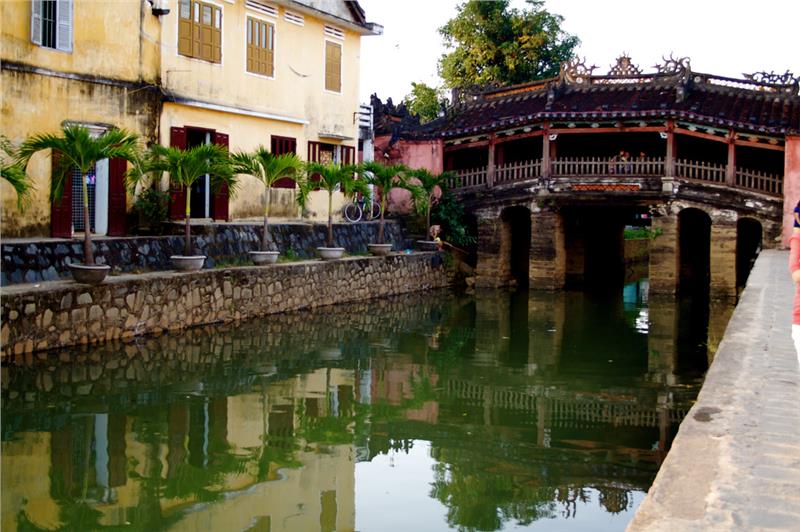
Japanese Covered Bridge, also known as Lai Vien Kieu, was built by Japanese artisans who were part of a larger community of Japanese merchants active in Hoi An in the early 17th century. It owns the particular architecture inspiring Vietnamese architectural style. The yin-yang tiled roof covers wooden bridge approximately 18m. The highlight on the main entrance of the ancient pagoda is a large plaque embossing "Lai Vien Kieu" in kanji. The reason why the pagoda called such name was originated from a visit of Lord Nguyen Phuc Chu, who personally carved 3 Chinese symbols above the door in commemoration, to Hoi An in 1719. Thanks to its particular location and architecture at that time, the Lord called the pagoda Lai Vien Kieu with the meaning of "welcoming friend afar". Traders from other countries to Hoi An were greeted with an opening trade policies. Notably, the pagoda has not worshiped Buddha as other pagodas in Hoi An but dedicated to Tran Vo Bac De - the deity protecting the land, bestowing the joy and happiness to human. In addition, the pagoda also expresses spiritual aspirations of local people for all the good wishes.
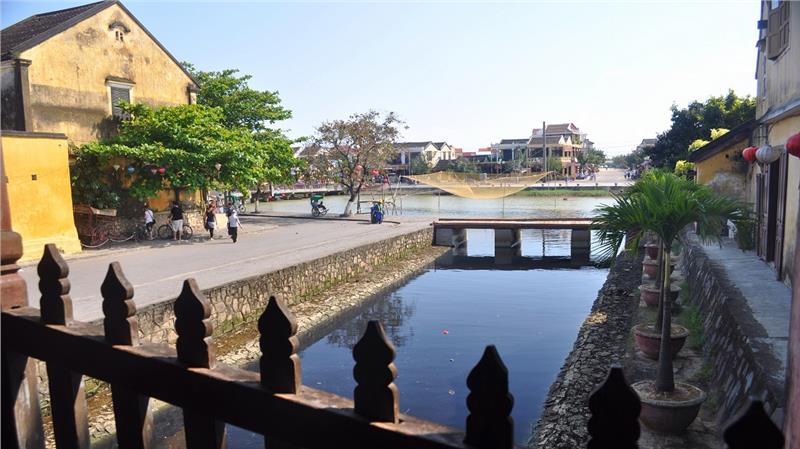
One theory of the bridge's religious purpose is that it was built to subdue a world-spanning “mamazu” dragon monster, whose head was located in India and its tail in Japan. The movement of the tail was believed to cause earthquakes in Japan. As Vietnam was located in the area of the mamazu's back, the bridge was intended to pin the mamazu down, thus preventing any earthquakes. In term of architecture, Japanese Covered Bridge owns a unique tile-covered roof, a curved-shaped aisle, and 2 narrow corridors in both sides for the rest. The frontispiece of the temple overlooks riverbanks romantic Hoai River. In particular, both the pagoda and bridge are made of wood, red lacquer trimmed gold and many motifs meticulously carved in the harmonious combination between the architectural styles of Vietnam, China and Japan.
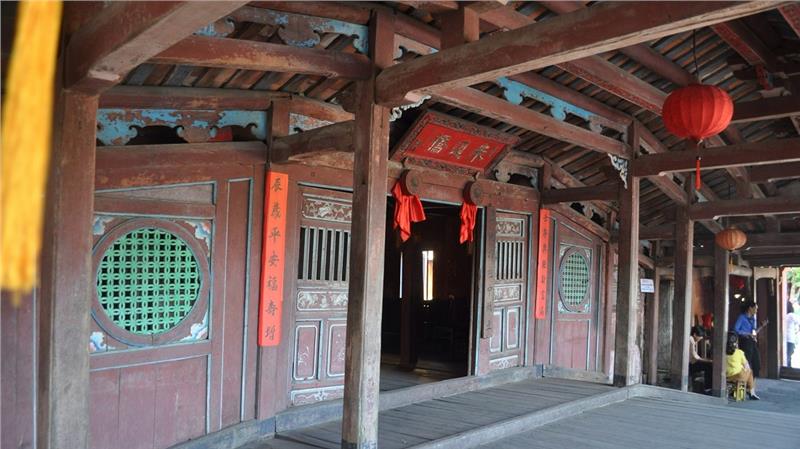
The entrances to the pagoda are guarded by weathered statues: a pair of monkeys on one side, a pair of dogs on the other. Japanese Covered Bridge previously in architectural structure and interior decoration deeply influenced quintessences of Japanese culture. Over time, the smooth roofs with moderate slopes, square columns, arc-shaped paved background, sun-shaped decorative patterns... have gradually disappeared. On either side of the entrances to the west and the east, 2 kanji couplets were embossed, yet they eventually faded and completely abolished over years. Minh Huong people then replaced large citron-shaped patterns instead.
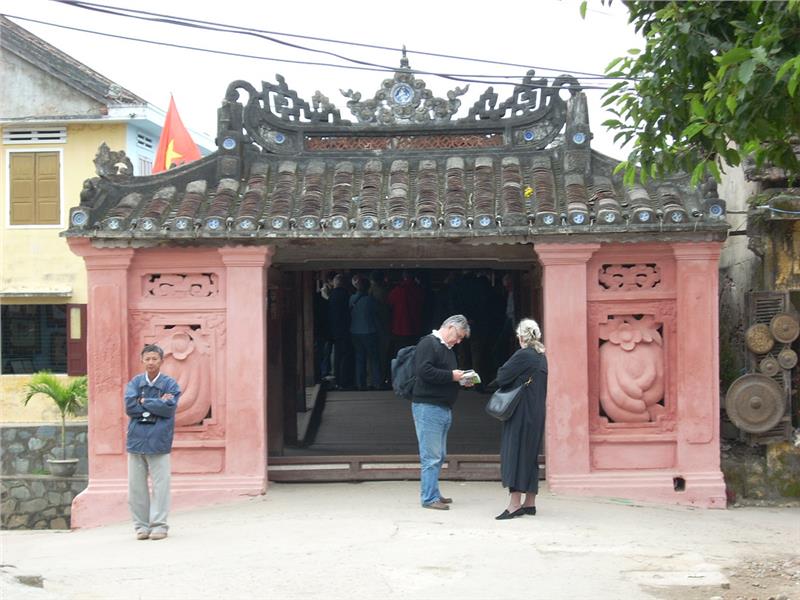
As a unique architectural work inspiring Hoi An, Cau Pagoda was not just a place of interference of Vietnamese - Chinese - Japanese culture, but also the proof on the talent and excellent creativity of Kim Bong carpentry artisans 400 years ago. It was recognized as a national level cultural historical relic in 1990. Apart from the function of traffic regulation facilitating the movement of tourists and residents in old town, Cau Pagoda is an important place of religious activities. The religious architectural complex with its unique features associated legends relating to citizens' fate. Thanks to its particular significance, Japanese Covered Bridge was chosen as the symbol of Hoi An Ancient Town.
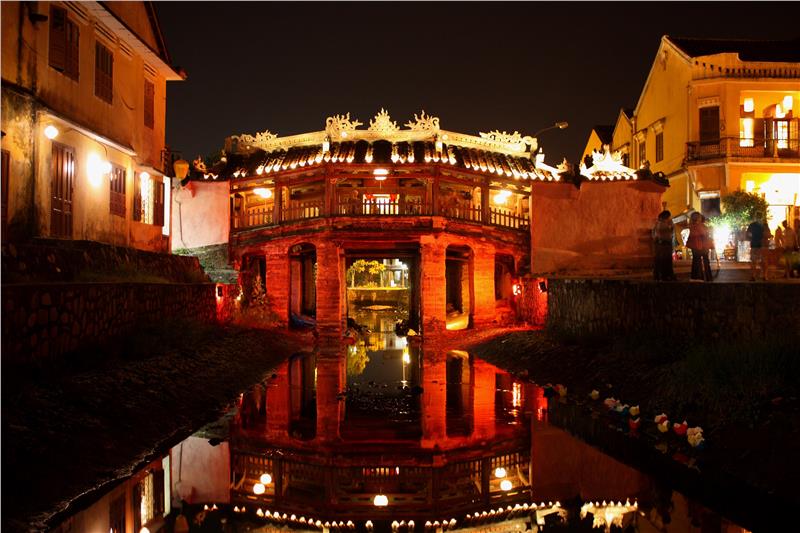
Even though having gone at least six times of the restoration, Cau Pagoda still retains its original ancient features. It always offers tourists peaceful moments in a tranquil Hoi An. Standing here, tourists will comfortably feel the gentleness floating in each architecture. If having the opportunity to travel Hoi An, tourists should spend their time going to Cau Pagoda to feel that gentleness.
E-voucher for shopping in Japan
Thanks to the partnership between AloTrip and Don Quijote retail stores, we would like to give you free e-voucher to shop at the Don Quijote chain. Please feel free to get the e-voucher here: https://www.yokosojapanpass.
- Over 30,000 JPY/ total purchase, get discount of 2000 JPY.
- Over 10,000 JPY/ total purchase, get discount of 500 JPY.
- Over 5,000 JPY/ total purchase, get discount of 200 JPY.
